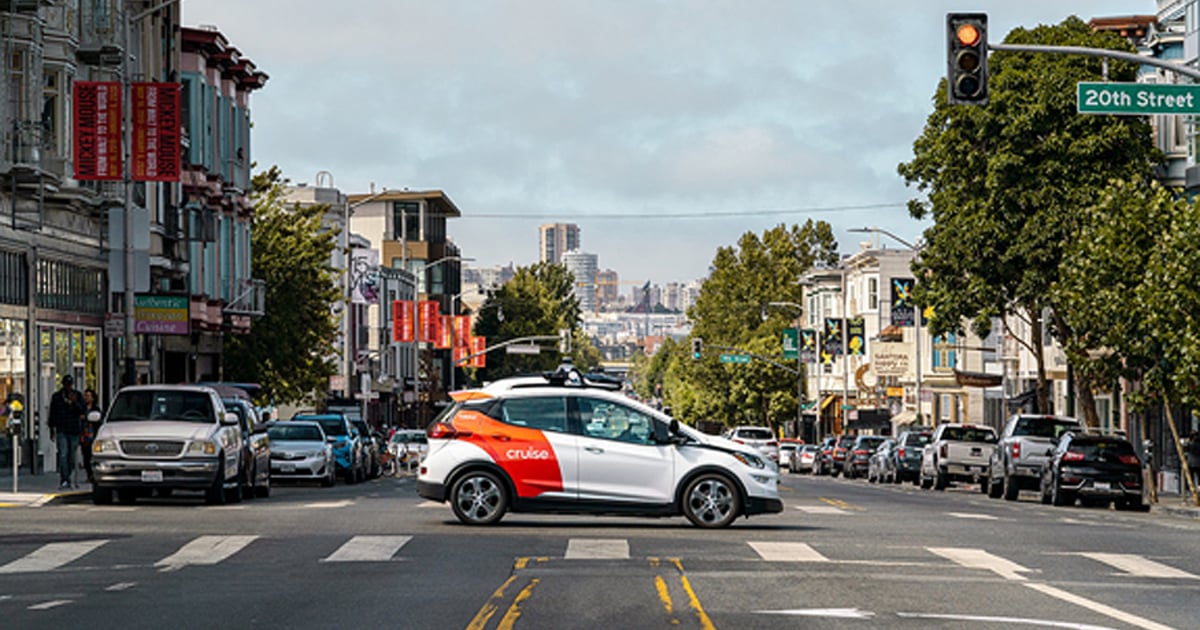
Self-driving technology company Cruise is expanding its operations to more cities in Texas.
The company, backed by General Motors, said Wednesday that it will begin “supervised testing” with a safety driver at the wheel next week in Houston, followed by Dallas at a future date. A Cruise spokesperson told Automotive News the initial deployments in those cities represent “the first step to launching driverless operations with no safety driver in the car.”
Cruise currently operates commercial driverless robotaxi service in Austin, Texas, as well as San Francisco and Phoenix.
“Exciting news for Team Cruise!” GM CEO Mary Barra wrote Wednesday in a LinkedIn post. “Another step closer to the autonomous future as people experience driverless rides in new areas.”
Cruise expanded its San Francisco operations last month to add daytime service and cover a larger geographic area. The company said employees now can ride at all hours in San Francisco, while daytime service has been added in western areas of the city to a small group of riders who offer feedback and beta testing.
“I’m excited to share that right now, a small portion of our fleet is now serving driverless rides 24 hours a day across all of San Francisco,” Cruise CEO Kyle Vogt said last month on GM’s first-quarter earnings call. “For us, this is a milestone years in the making and represents that our driverless fleet has real commercial value. We’re completing the work needed to roll it out to the rest of our driverless fleet as soon as we can.”
Aside from the San Francisco expansion, Cruise’s driverless commercial service generally operates only overnight and in specific areas of its cities.
Cruise is preparing for a rapid growth phase, with plans to expand its current service and enter more markets. It’s also preparing for volume production of the Origin, an autonomous vehicle with no steering wheel or pedals, at GM’s Factory Zero in Detroit.
Vogt told Automotive News that Cruise is on track for — if not ahead of — its goal to reach $1 billion in revenue by 2025.